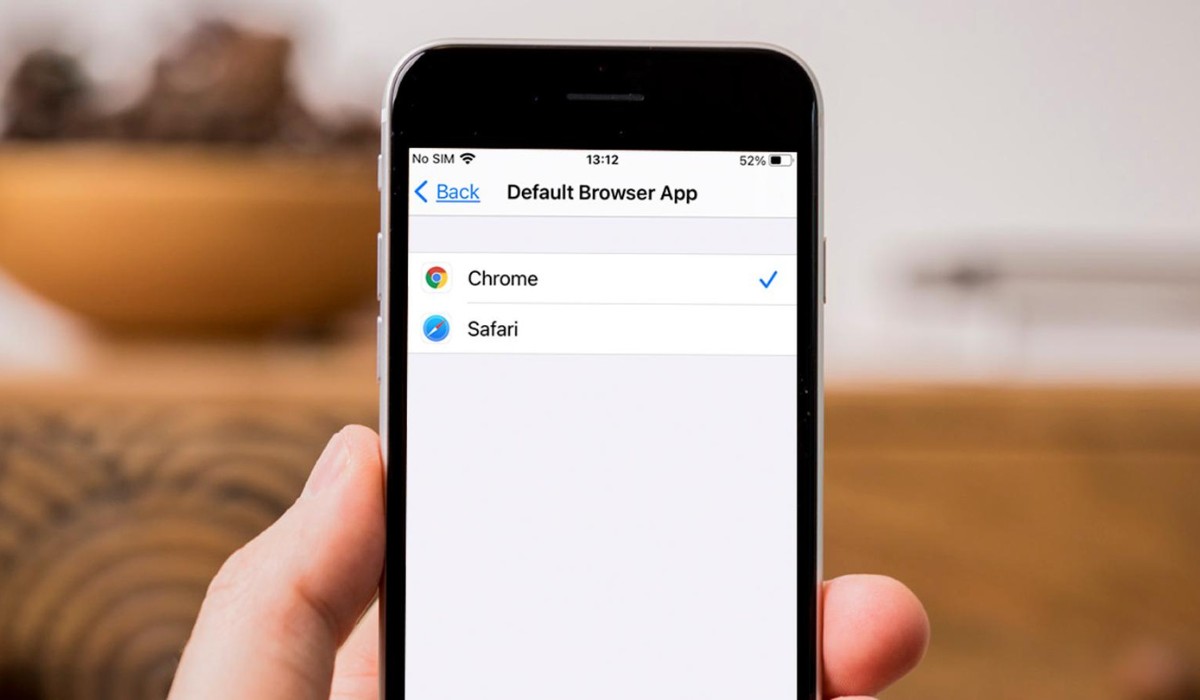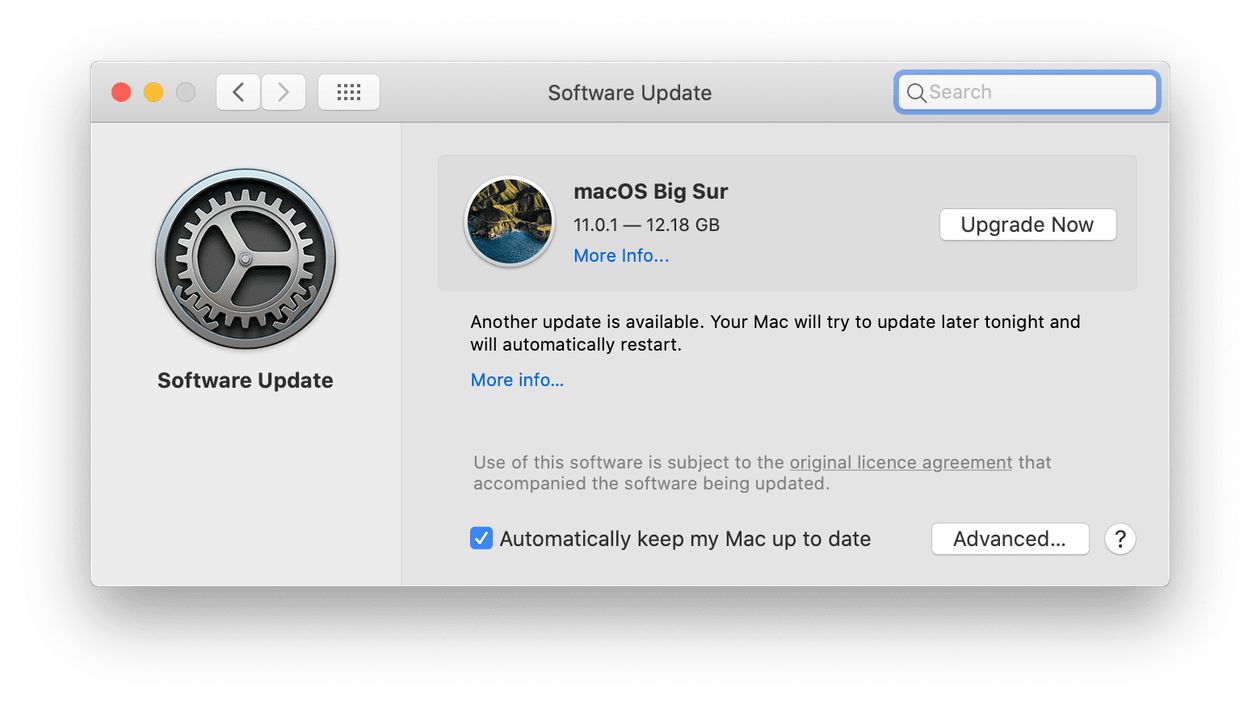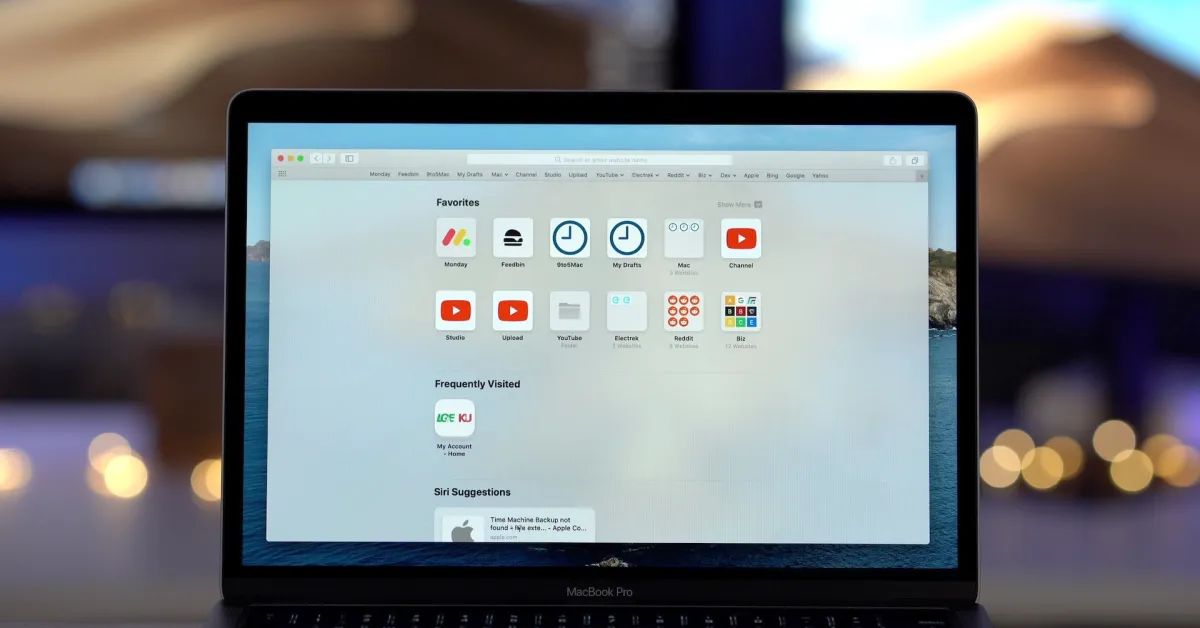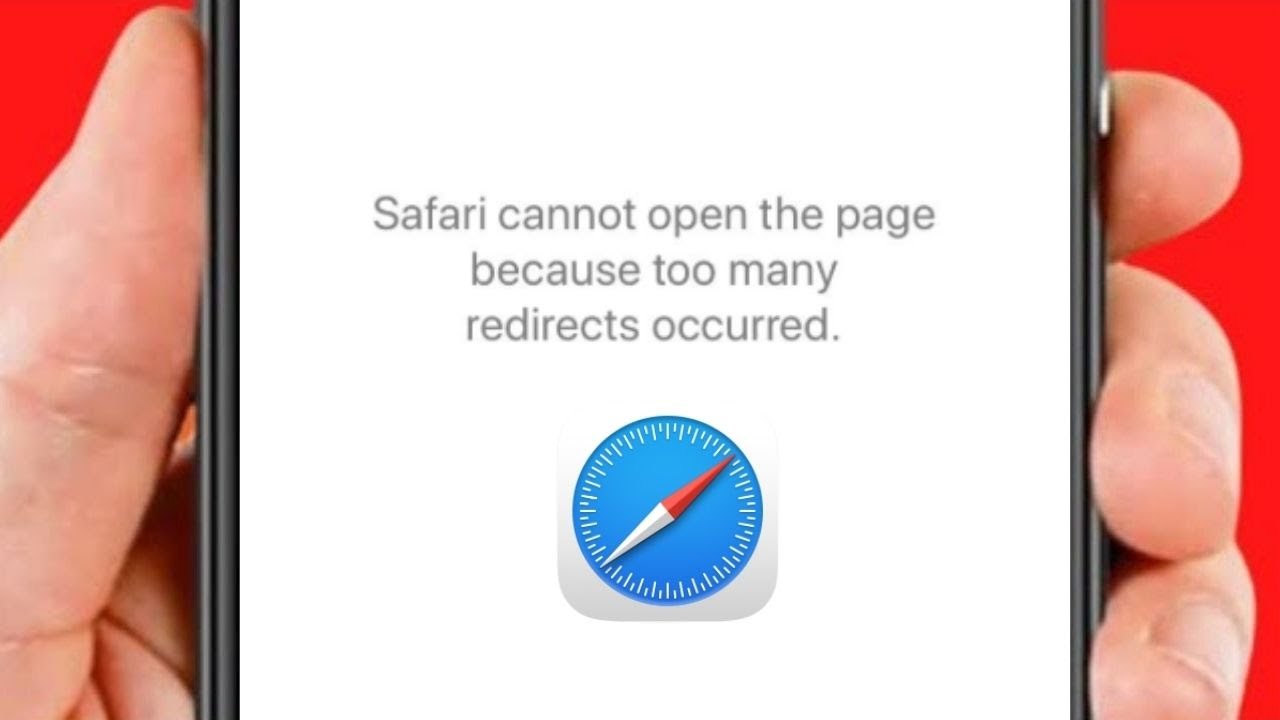Introduction
Safari, the sleek and intuitive web browser developed by Apple, has undergone a significant change in its tab design with the release of macOS Monterey. This alteration has sparked a wave of reactions from users, with some embracing the fresh look and others yearning for the familiarity of the previous tab layout. If you find yourself in the latter category, longing to revert Safari tabs back to their traditional appearance, you're in the right place.
In this article, we'll delve into the intricacies of Safari's tab transformation and equip you with the knowledge and steps required to restore the classic tab style. Whether you're a long-time Safari aficionado or a recent convert to the browser, understanding how to navigate these changes can significantly enhance your browsing experience.
So, if you're ready to bid farewell to the revamped tab design and welcome back the conventional layout that you know and love, let's embark on this journey together. By the end of this guide, you'll be empowered to reclaim the familiar tab setup in Safari, ensuring a seamless and personalized browsing environment tailored to your preferences.
Understanding Safari Tab Changes
With the release of macOS Monterey, Apple introduced a significant overhaul to the Safari web browser, including a radical transformation of the tab design. The new tab layout features a streamlined appearance, with tabs seamlessly integrated into the browser's top interface. This departure from the traditional tab structure has been a point of contention among users, sparking a diverse range of opinions and reactions.
The revamped Safari tabs are characterized by a compact and visually unified arrangement, where the active tab blends seamlessly into the browser's toolbar. This departure from the conventional tab appearance, where each tab is distinctly separated and visually prominent, has been a source of both admiration and frustration for users.
One of the most notable changes is the amalgamation of the tab and address bar, resulting in a more streamlined and minimalist interface. Additionally, the active tab is distinguished by a subtle color shift, contributing to a more cohesive and integrated browsing experience. While these alterations represent a departure from the traditional tab layout, they also reflect Apple's commitment to refining the user experience and embracing a modern, cohesive design language across its ecosystem.
The new tab design in Safari aligns with Apple's broader design philosophy, emphasizing simplicity, functionality, and visual harmony. By integrating the tabs into the browser's toolbar, Apple aims to optimize screen real estate and create a more immersive browsing environment. This approach is rooted in the pursuit of a seamless and uncluttered user interface, catering to the evolving needs and preferences of modern users.
Understanding the rationale behind these tab changes is essential for navigating the evolving landscape of Safari's interface. Whether you embrace the new tab design or yearn for the familiarity of the previous layout, comprehending the motivations driving these alterations empowers you to make informed decisions about customizing your browsing experience.
As we delve into the steps to revert Safari tabs back to their traditional appearance, it's crucial to appreciate the thought process and design principles that underpin these changes. By gaining insight into the evolution of Safari's tab layout, you'll be better equipped to tailor the browser to your preferences and optimize your browsing workflow.
In the next section, we'll explore the actionable steps to restore the classic tab style in Safari, empowering you to personalize your browsing experience according to your unique preferences and habits.
Steps to Change Safari Tabs Back to Normal
-
Open Safari Preferences: Begin by launching Safari on your Mac and navigating to the "Safari" menu located in the top-left corner of the screen. From the dropdown menu, select "Preferences" to access the browser's settings and customization options.
-
Navigate to Tabs Preferences: Within the Preferences window, click on the "Tabs" icon, which resembles a set of stacked squares. This will direct you to the tab-specific settings, allowing you to fine-tune the display and behavior of tabs within Safari.
-
Adjust Tab Bar Preferences: Once in the Tabs section of Preferences, look for the option labeled "Tab Bar." Here, you'll find a checkbox titled "Show color in tab bar." Unchecking this box will revert the tab bar to its classic appearance, restoring the distinct separation and visual prominence of individual tabs.
-
Customize Tab Bar Appearance: To further refine the tab bar's appearance, you can explore additional customization options within the Tab Bar preferences. This includes adjusting the tab size and layout to align with your preferred visual and functional preferences.
-
Confirm Changes: After making the desired adjustments to the Tab Bar preferences, click "OK" to confirm and apply the changes. Safari will instantly reflect the modified tab layout, restoring the traditional appearance that aligns with your preferences and browsing habits.
By following these straightforward steps, you can seamlessly transition Safari's tab design back to its classic layout, ensuring a familiar and tailored browsing experience that enhances your productivity and comfort. Whether you prefer the streamlined aesthetic of the new tab design or yearn for the visual distinctiveness of the traditional layout, Safari's flexibility empowers you to personalize the browser according to your unique preferences.
As you navigate the evolving landscape of web browsers and interface design, understanding how to adapt and customize your browsing environment is essential. By mastering the art of customization, you can optimize your digital workflow and create a browsing experience that resonates with your individual preferences and habits.
Embracing the ability to tailor Safari's tab layout to your liking underscores the browser's commitment to user-centric design, ensuring that each individual can curate a browsing environment that aligns with their distinct preferences and workflow. With these steps at your disposal, you possess the knowledge and agency to mold Safari into a personalized digital sanctuary, where browsing is not just functional, but a reflection of your unique style and comfort.
Conclusion
In conclusion, the evolution of Safari's tab design reflects the dynamic interplay between user experience, design innovation, and the quest for a harmonious browsing environment. As we navigated the transition from the traditional tab layout to the streamlined design introduced in macOS Monterey, we gained valuable insights into the motivations driving these changes and the steps required to restore the classic tab appearance.
By understanding the rationale behind Safari's tab transformation, we uncovered the underlying principles of simplicity, functionality, and visual cohesion that underpin Apple's design philosophy. The integration of tabs into the browser's toolbar represents a deliberate effort to optimize screen real estate and create a more immersive browsing experience, aligning with the evolving needs and preferences of modern users.
Through the actionable steps outlined in this guide, we empowered users to reclaim the familiar tab setup in Safari, ensuring a personalized browsing experience tailored to individual preferences and habits. By navigating Safari's preferences and customizing the tab bar, users can seamlessly transition the browser's tab design back to its classic layout, striking a balance between visual distinctiveness and streamlined aesthetics.
As we embrace the flexibility and adaptability of Safari's interface, we recognize the significance of customization in shaping a browsing environment that resonates with each user's unique style and comfort. The ability to tailor Safari's tab layout underscores the browser's commitment to user-centric design, ensuring that each individual can curate a browsing environment that aligns with their distinct preferences and workflow.
In the ever-evolving landscape of web browsers and interface design, the knowledge and agency to customize and personalize the browsing experience are invaluable. By mastering the art of customization, users can optimize their digital workflow and create a browsing environment that not only meets functional needs but also reflects their individuality and comfort.
In essence, the journey to change Safari tabs back to normal is a testament to the browser's adaptability and the user's ability to shape their digital sanctuary. With a deeper understanding of Safari's tab changes and the steps to restore the classic tab style, users are equipped to navigate the evolving interface with confidence, ensuring a browsing experience that seamlessly aligns with their preferences and enhances their digital journey.

























